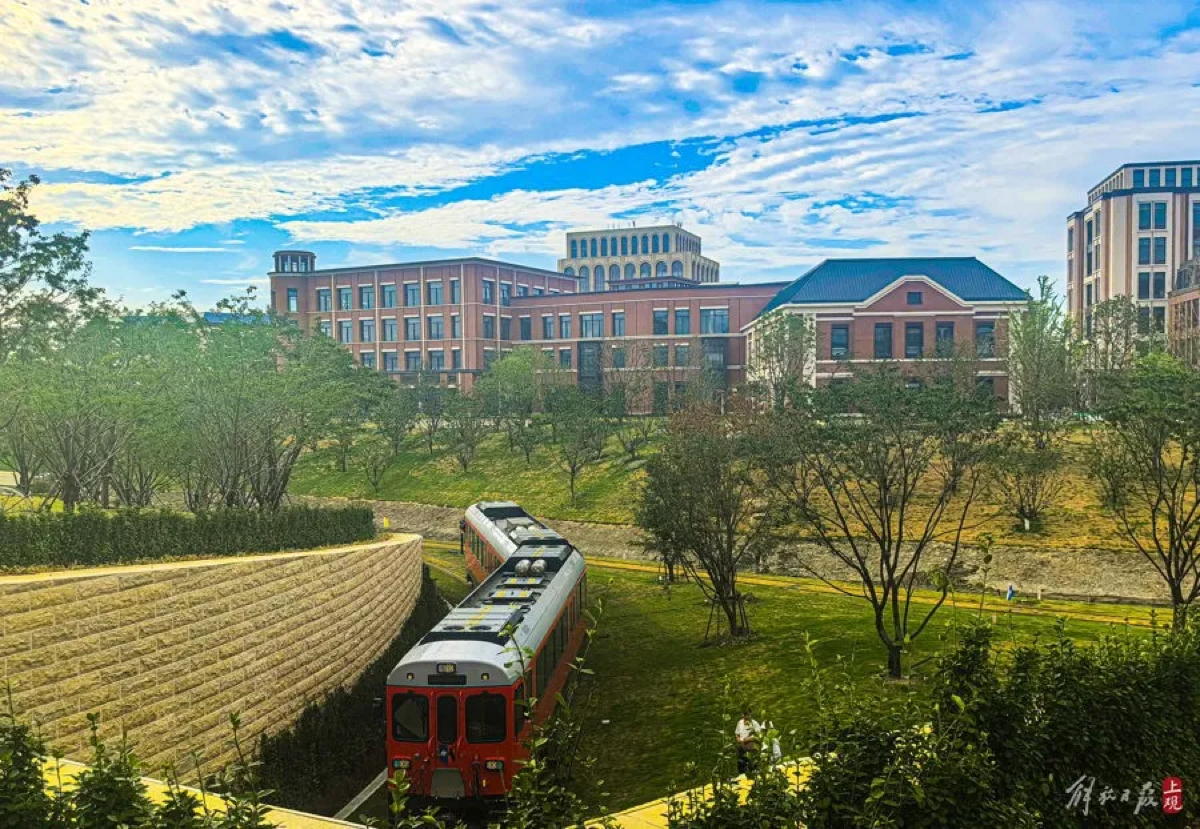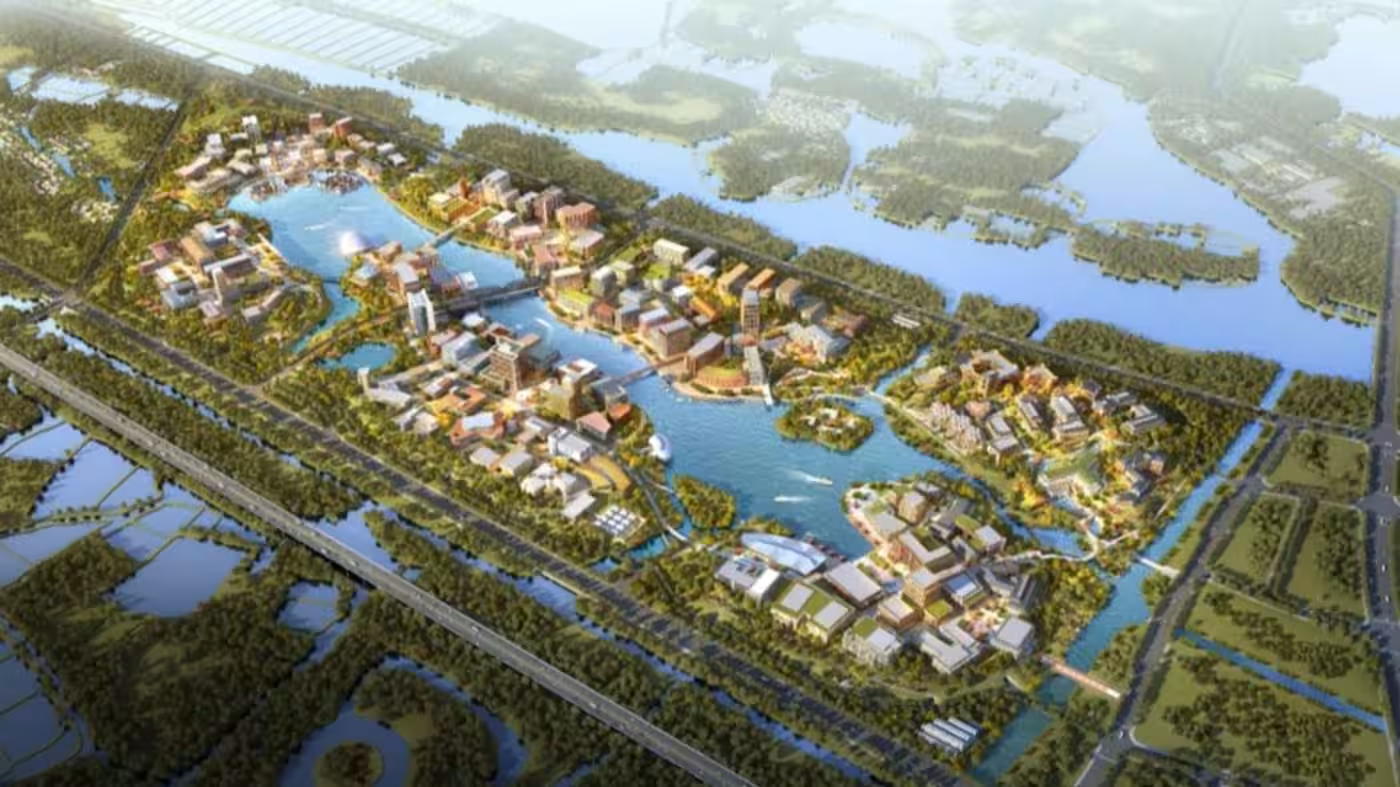|
Getting your Trinity Audio player ready...
|
China’s Huawei has begun putting its massive new Shanghai-area campus into operation, bringing in the first batch of employees out of what is eventually expected to grow to a population of 35,000, according to local media reports.
The Lianqiu Lake campus, located about 30 miles southwest of Shanghai’s city centre in the Yangtze River delta, covers an area of 160 hectares (395 acres), is much larger than Apple Park, at 175 acres, and is comparable to Microsoft’s Redmond campus, which is 502 acres.
The facility was designed as a centrepiece for the US-sanctioned company’s efforts to develop home-grown technologies to reduce China’s dependence on imported systems, a key drive for mainland China.
The first employees arrived at Lianqiu Lake on 14 October, but as of last week only two blocks of the facility were occupied, leaving most of the complex empty, the Hong Kong-based South China Morning Post reported.

Research hub
About 20,000 staff are expected to arrive around the Lunar New Year in Febuary 2025, and the workforce is expected to grow to 30,000 by the end of 2026, according to a report by Shanghai-based media outlet The Paper, which quoted a district official.
Officials in Shanghai’s Qingpu district have reportedly launched new bus routes for Huawei staff and are building a subway station to serve the campus.
Rents and property prices have risen sharply in the area of Qingpu near the campus, with monthly flat rentals priced nearly double the rate of a year ago, the Post report said.
The Lianqiu Lake campus is to serve as Huawei’s global R&D hub and will house Huawei’s work on semiconductors as well as wireless networks, the Internet of Things, smartphones, automobiles and energy, officials have said.
The site is to include work on developing chip lithography machines, which in the past have been mostly imported to China but have been targeted by sanctions in US ally the Netherlands, Nikkei reported in April.
Huawei began the building project in September 2021 and chief executive Ren Zhengfei said the Chicago Lakeside residential complex served as the model.
Ren said the company aimed for Huawei’s seven or eight hundred foreign researchers to feel at home with amenities including more than 100 on-campus cafes.

Tech war
Since being placed on the US’ Entity List blacklist in 2019, Huawei has developed a homegrown operating system called HarmonyOS, 5G smartphone chips and AI chips it says are comparable to those from Nvidia.
Last week the company launched the latest version of HarmonyOS and earlier this month launched HarmonyOS Next, which removes Android compatibility as the company aims for a fully independent software ecosystem.
Taiwan Semiconductor Manufacturing Company (TSMC) said it had stopped supplying an unnamed customer after one of its chips was found in Huawei’s Ascend 910B AI multi-chip system, a Reuters report said this month.
The report indicated the difficulties in keeping advanced technologies from Western and allied companies from making their way into Chinese products.
Huawei has reportedly begun offering samples of its new Ascend 910C AI processor to large Chinese server companies for hardware testing and configuration.




